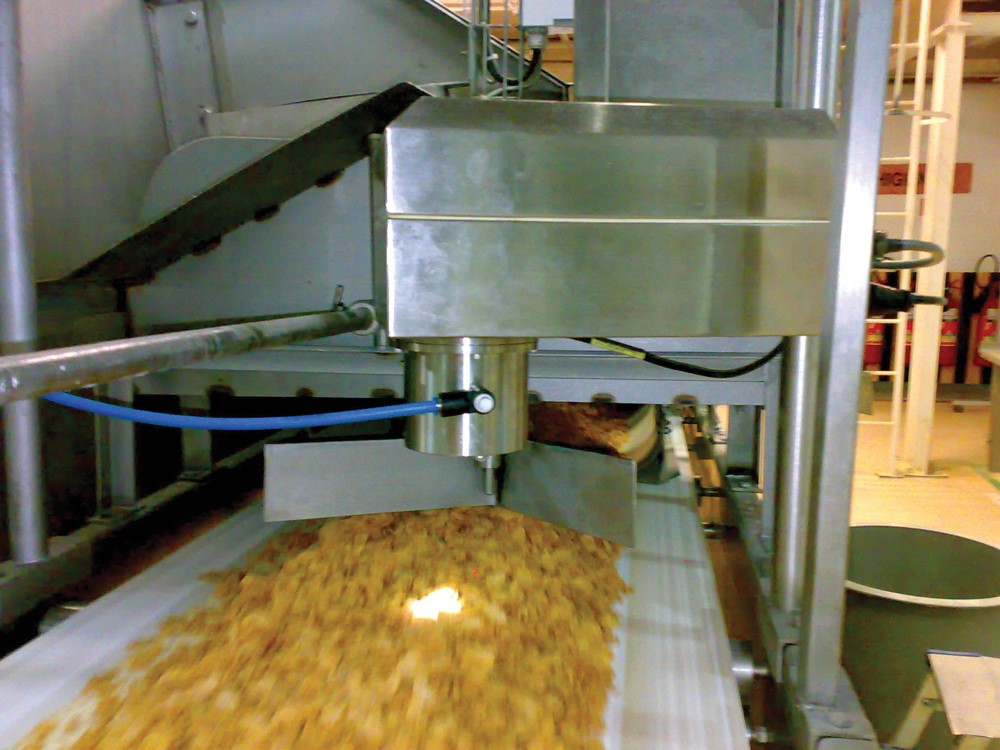How the Maillard Reaction Affects Food Color
The Maillard Reaction describes a non-enzymatic chemical reaction between amino acids (proteins) and reducing sugars that accelerates with heat and produces a browning effect on many processed foods including fried and baked products, and meats. This differs from enzymatic browning that occurs in fruits and vegetables that darken when exposed to air as phenolic compounds convert to brown melanoidins.
The Maillard Reaction is often characterized in terms of Baking Contrast Units or BCU in the food industry. The BCU ranges from 0.00 (Darkest) to 5.25 (Lightest) with changes of 0.10 being visible to the human eye. Senware’s CR100 can measure both BCU and Color.
The Maillard reaction describes the impact on odor, flavor, and appearance due to the browning reaction. An easy-to-understand example is caramelization in which reducing sugars and brown amine pigments cause a flavor and appearance change at high temperatures. This reaction can result in positive ways such as in coffee and caramel aroma, beverage colors, and important flavors such as maltol. Maltol is a flavor enhancer that has the odor of caramel or cotton candy, and is used for sweetness when added to baked bread or fragrances. The reaction can also result in a burnt sugar smell that is to be avoided to maintain consumer preference. A color change referred to as “browning” occurs during this reaction.
While the reaction is complicated and varies from one process to the next, it is generally well understood within the individual applications of baking, frying, and meat processing and cooking. Each has a unique process and each has unique controls to maintain the optimum flavor, odor, and appearance for their product to retain customer loyalty. Manufacturers of croutons, syrups, crackers, and cookies need to be aware of the Maillard reaction to maintain optimal color. Meat, chocolate, and coffee manufacturers monitor the reaction for maintaining optimal flavor. All food processors need to monitor the reaction to maintain flavor, odor, and color standards for product quality.
The reaction generates volatiles that contribute to aroma, melanoidins that are insoluble brown pigments, flavor compounds, reducing and mutagenic compounds that reduce oxidation to increase shelf life and reduce the loss of essential amino acids. The Maillard reaction is important for food processors to understand and control.
The initial stages of the reaction show little visible change in the product, while the intermediate stage yields strong UV absorption, and the late stages yield a dark brown color that absorbs at 420 nm in the visible region.
The Senware Color Meter measures color in CIE L*, a*, b* and other color scales. The a* value (Red to Green) offers a valuable tool in monitoring the brownness indicative of the Maillard reaction. BCU is a derivative of the “L” value. Please contact your application specialist at Senware today to discuss how we can help you monitor this important part of your process.


